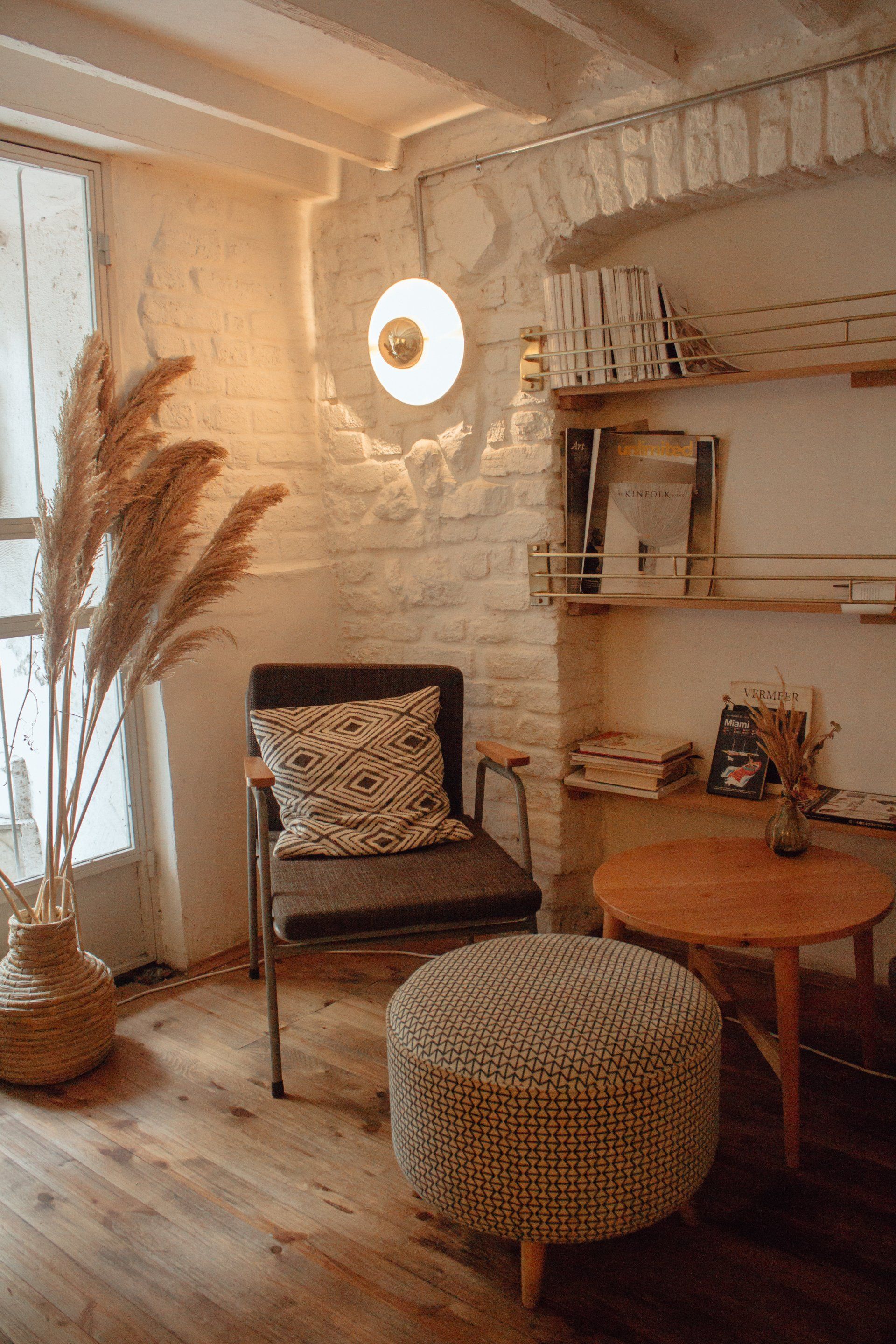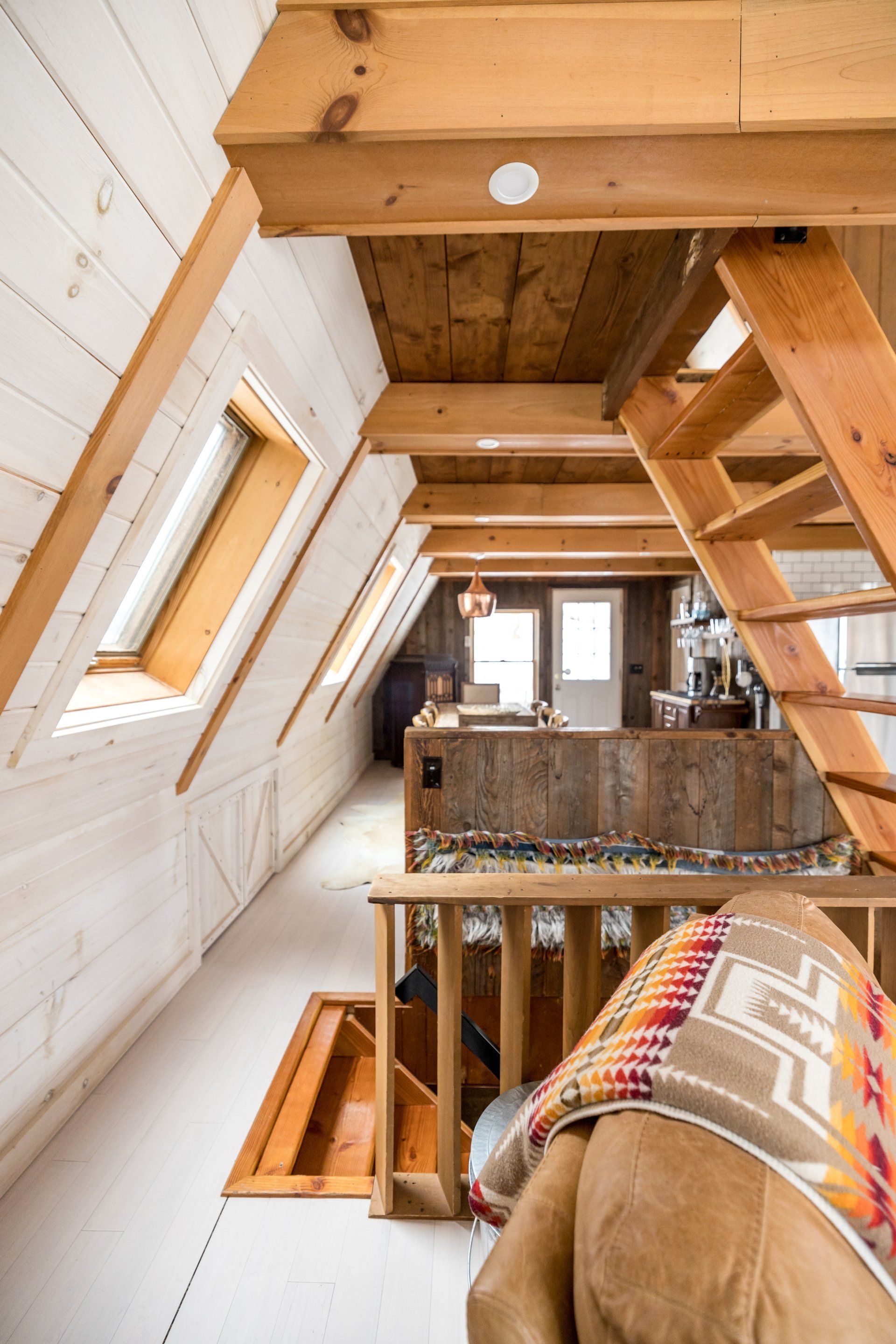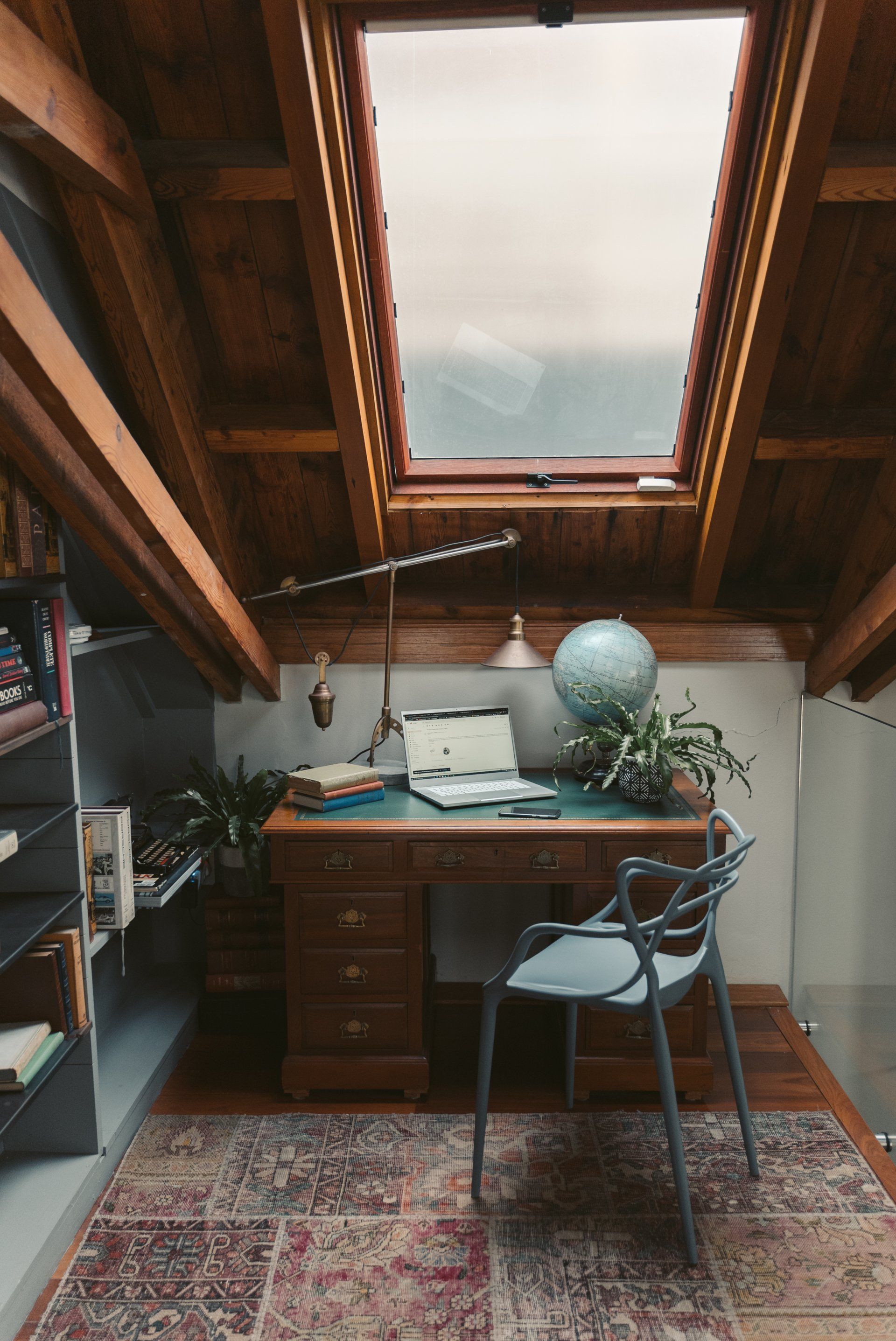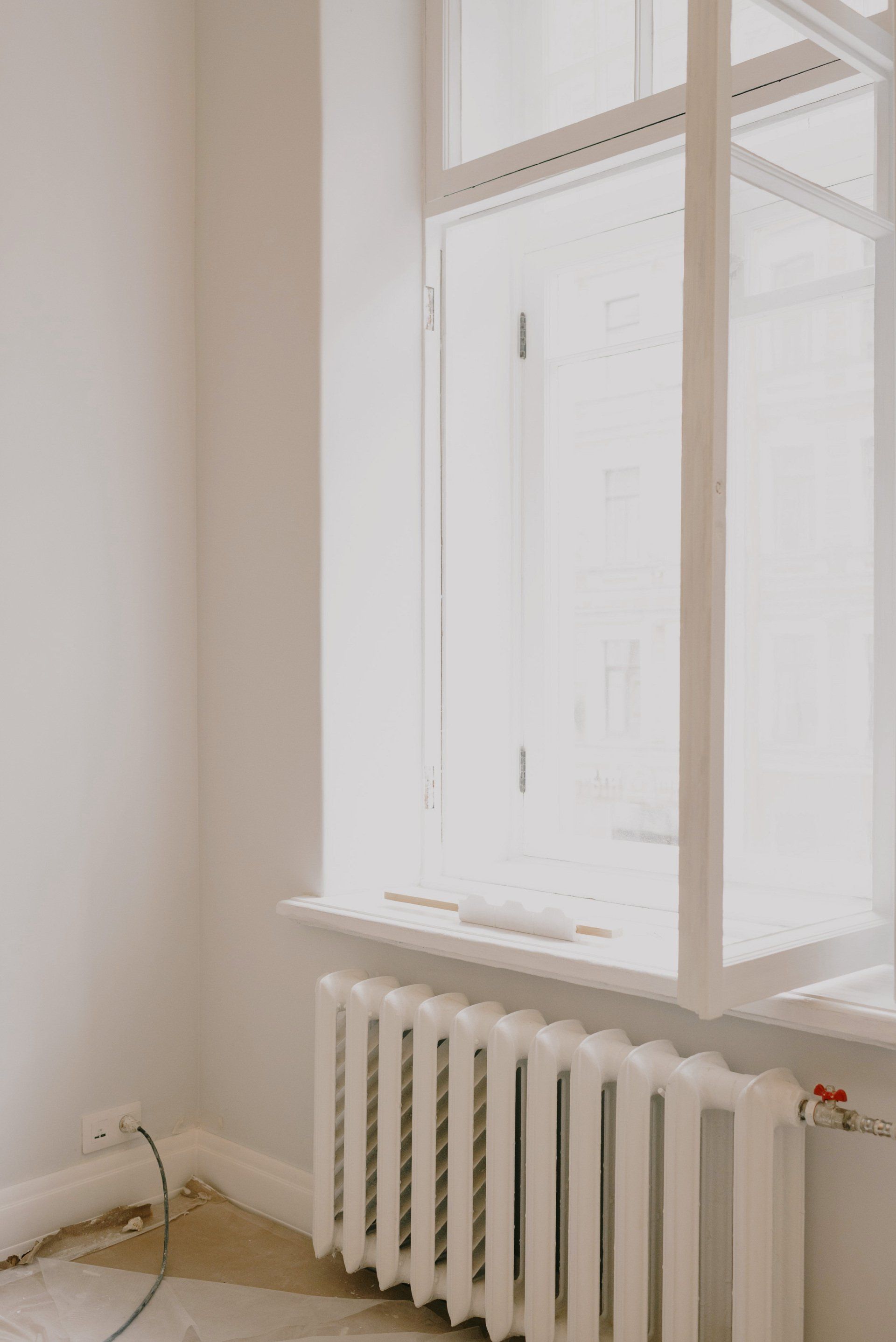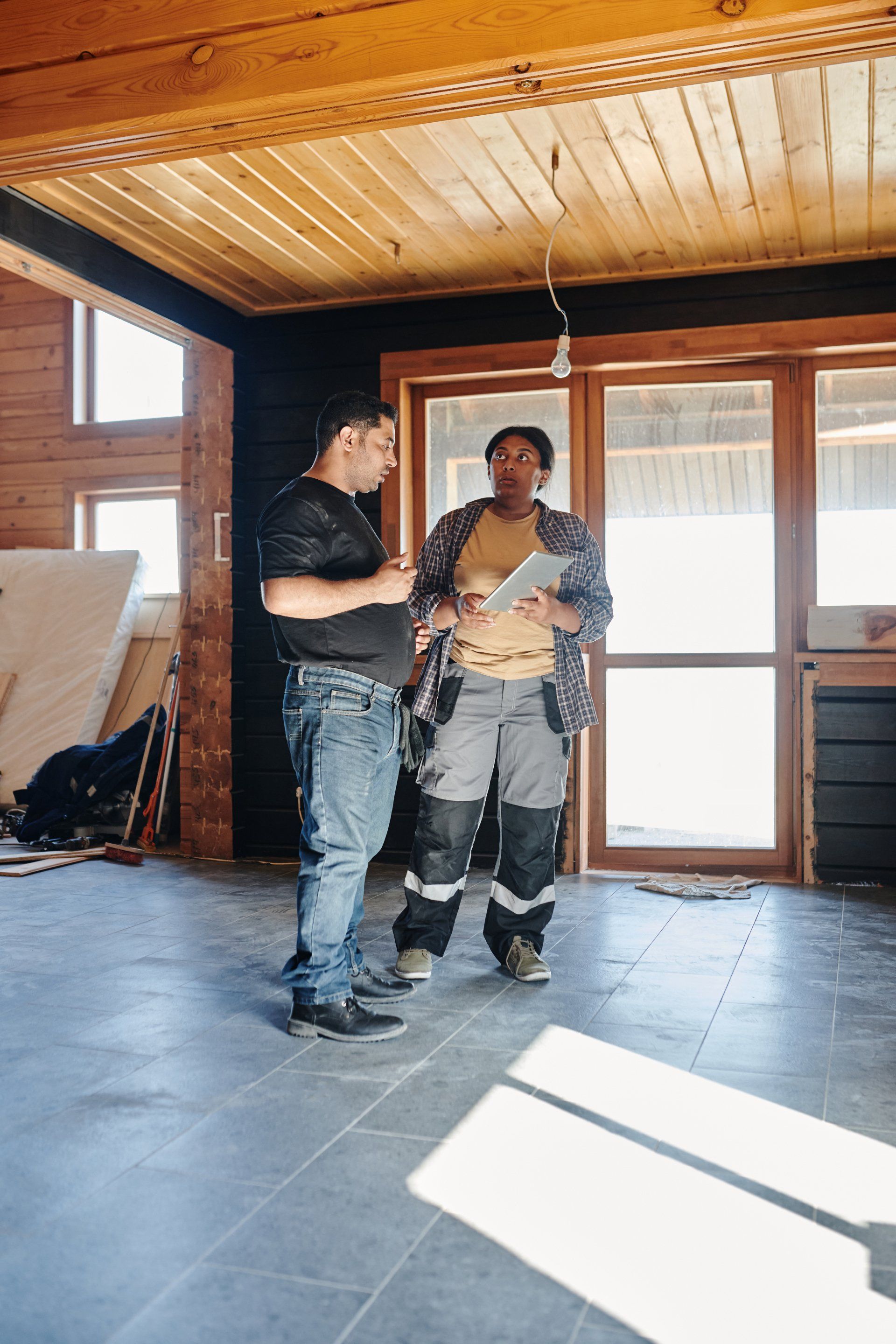Things You Need to Know About Insulation
Things You Need to Know About Insulation
It is well-known that insulation is essential for an energy efficient and comfortable home. Consider these tips when you are thinking of the addition of insulation to your home.
Avoid Paper-Faced Insulation Ifossible
Don't purchase insulation with a paper face for normal wall insulation. The paper face makes cutting batts difficult. It's also hard to construct an enveloping vapor retarder using batts with paper facing.
Missing Insulation Feeds Mold
Warm air is drawn to places with gaps from the insulation, and when it encounters colder surfaces when it flows from or through the home, the water condenses, which can then be fed by mold. These spots typically occur on exterior walls, near windows or floors, in corners, or around outlets and lighting. If the mold goes away after cleaning and lowering the humidity inside with a dehumidifier or vent fan, just be sure to keep an eye on it. If it returns, you can open the wall and address the issue.
Add Attic Insulation
You can put yourself through an attic access door and take a look at the amount of insulation is there. If the insulation you have is below or equal to the required level, adding some will reduce your heating bill. If you're required to increase your insulation, go using loose-fill insulation instead of fiberglass batts, even though your home already has fiberglass. Loose fill is typically made of fiberglass or cellulose and can be used to protect joists from crevices. Pros charge about 70 per sq. feet to blow in 7 or 8 inches of insulation. You can hire the blower ($55 per day) and complete the task yourself at a fraction of the cost; however, it's messy, and you need to be cautious about your steps so that you don't get sucked into the drywall "floor" within the attic.
Don't Spin the Bit In Insulation
A good rule of thumb for anyone who is fishing wires through the insulation would be "Avoid it if you can." The risk is always there to cause damage to the vapor barrier or clog up insulation, creating cold spots on the wall. If you have to fish wires through walls that are not in use, the best advice is to keep from spinning the flexing bit until you have made contact with the wood you intend to cut through. If you drill too soon, you'll end up with an immense cone of insulation cotton and make retrieving the bit difficult or even impossible.
Itch Remover
A lint roller that is sticky removes the dreadful insulation fibers from your clothing and skin. It also reduces itching in the future.
Insulate Pipes
Condensation that drips from cold pipes may cause problems with basement water. Cover pipes that are cold with pipe insulation made of foam to prevent condensation. The foam insulation is affordable and can be cut easily with scissors.
Insulate Walls
Insulate exterior walls in order to avoid condensation. In winter, insulation in the basement can help save energy and reduce the cost of heating. Don't cover your walls with insulation when water is coming in from the outside. It could cause the possibility of mold problems.
Edmonton Insulation Quote

